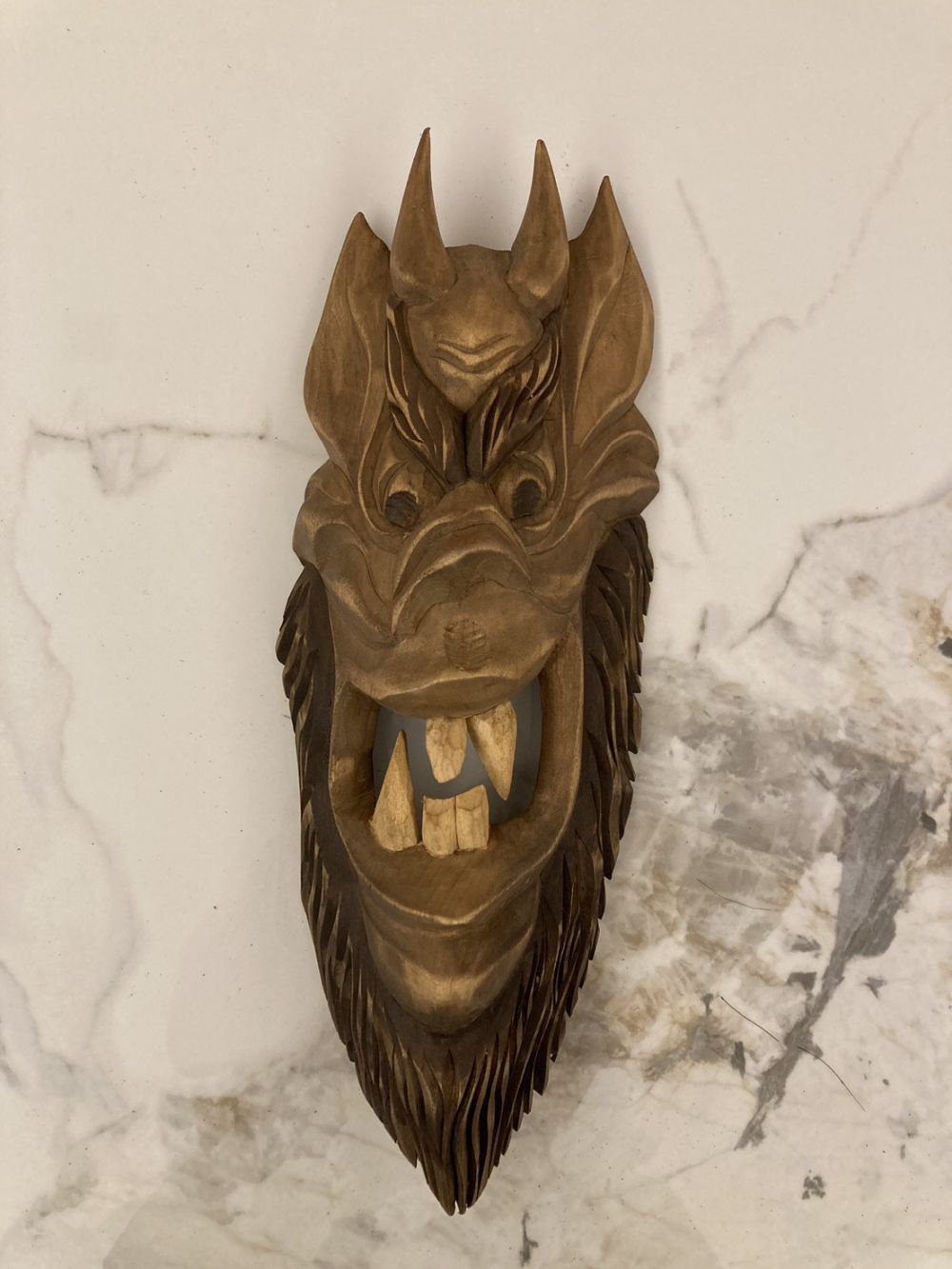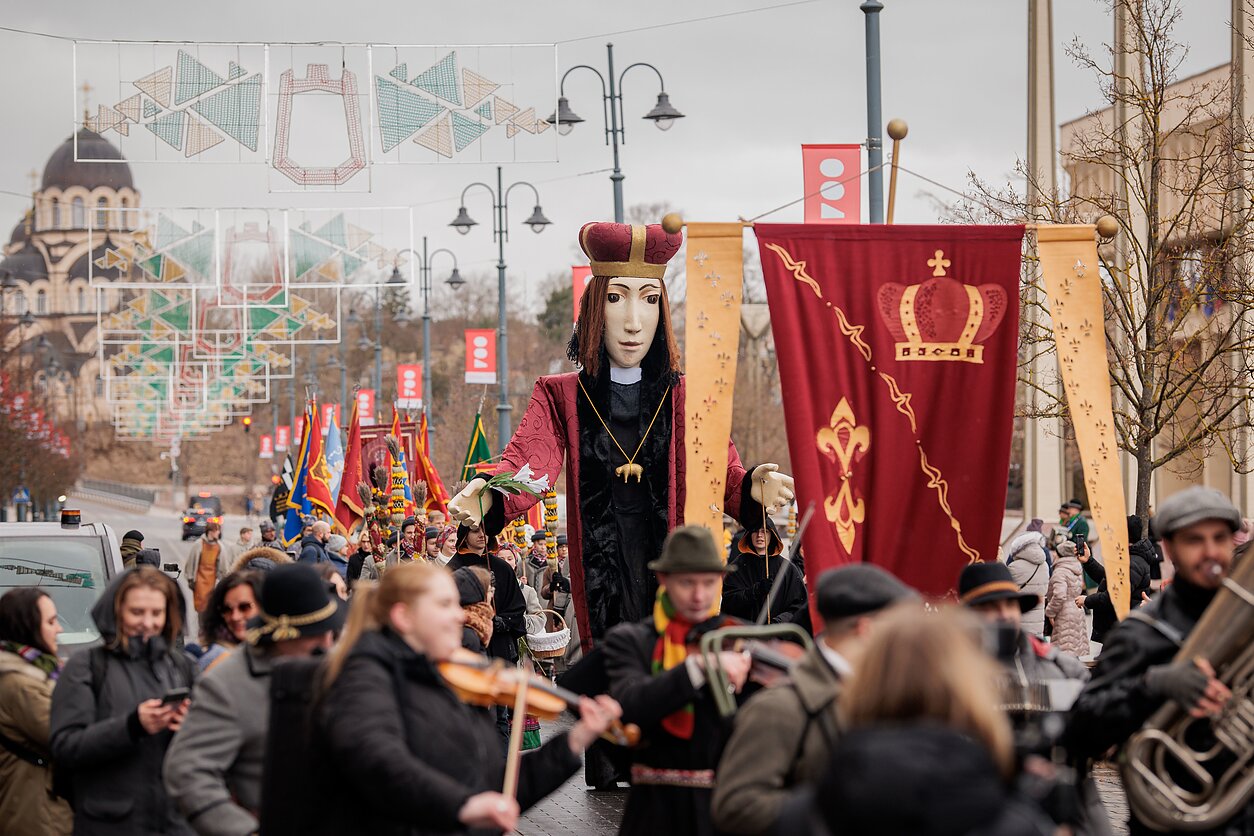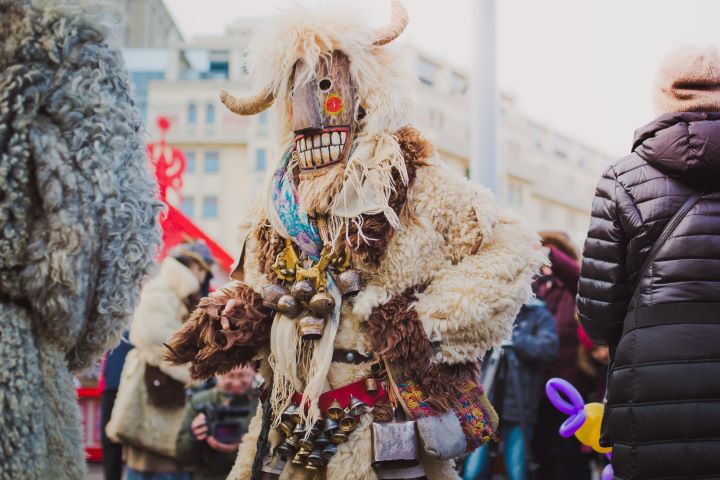In the heart of Lithuania’s deep-rooted traditions lies a peculiar and captivating object: the wooden demon mask. Often hand-carved from local wood, these masks are more than just decorative—they’re part of a centuries-old ritual that comes alive during Užgavėnės, a lively pre-Lenten festival celebrated across the country. The masks typically depict exaggerated, grotesque faces with wide grins, fangs, and horns, capturing the essence of devils, witches, and spirits that symbolically chase away the long, dark winter and welcome the renewal of spring. What might look like a fierce, even disturbing object to outsiders is, to Lithuanians, a symbol of seasonal transition, fertility, and rebirth—expressed with irreverent humor and theatricality.

During Užgavėnės, locals don these masks and take to the streets in raucous parades, performing traditional songs, dances, and mock battles between winter and spring. It’s a time when villagers once roamed from house to house in costume, demanding pancakes and drink, stirring up mischief in the name of driving out the cold. These wooden faces are carved with purpose—each tooth, each wrinkle in the brow is meant to exaggerate the absurdity of evil, to make it laughable and, therefore, beatable. While many of these masks are still crafted by folk artists in regions like Samogitia, others have found their way into homes and museums, keeping the tradition alive across generations.

One of the most intriguing places to explore this tradition is the Mardi Gras Mask Museum in Plateliai, a small but rich collection of characters that seem to look back at you with mischievous glee. Another is the Devil’s Museum in Kaunas, where a broader exploration of devil imagery from all over the world puts Lithuania’s own playful demons into global context. Whether collected for their artistry or their symbolic power, these masks carry the echo of bonfires, frozen fields, and the distant laughter of ancestors who knew how to face winter with a grin. Owning one is like holding a fragment of pagan ritual, folk humor, and raw Baltic spirit—all carved into wood.

